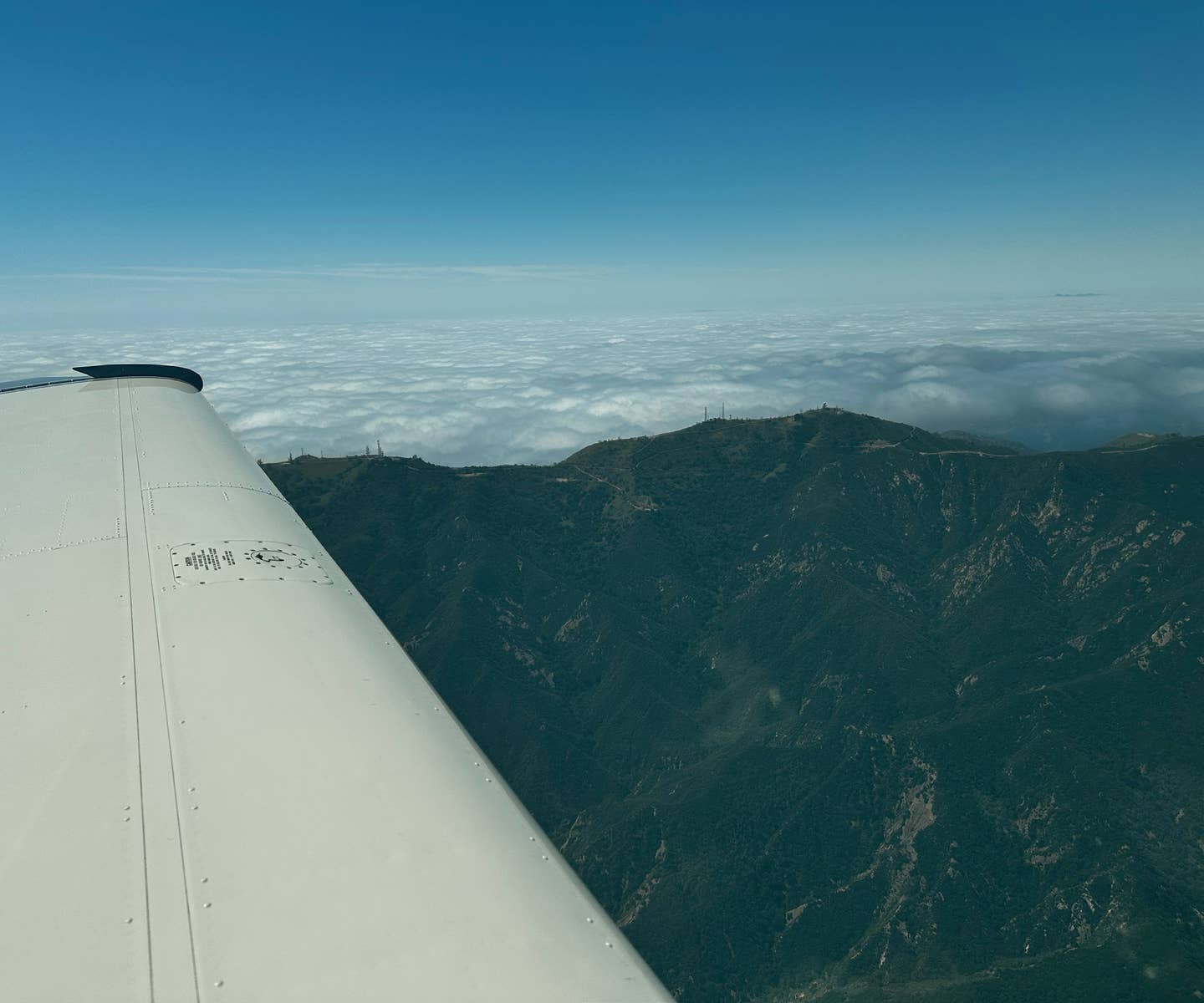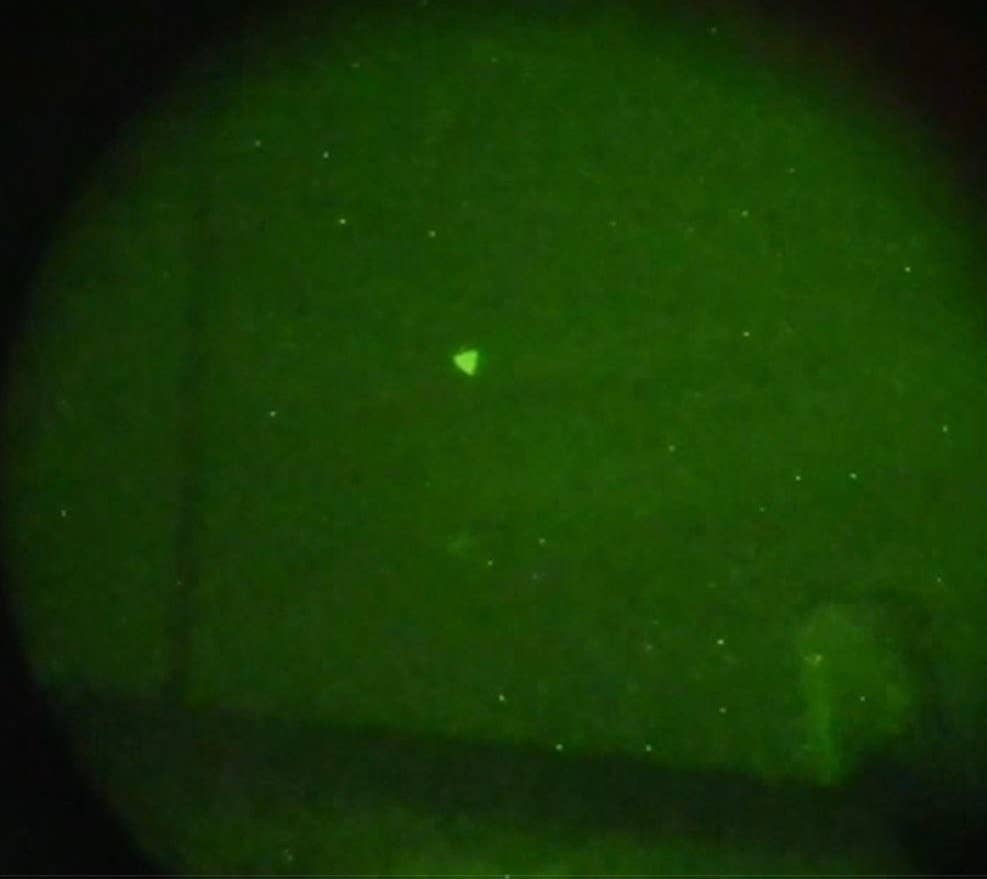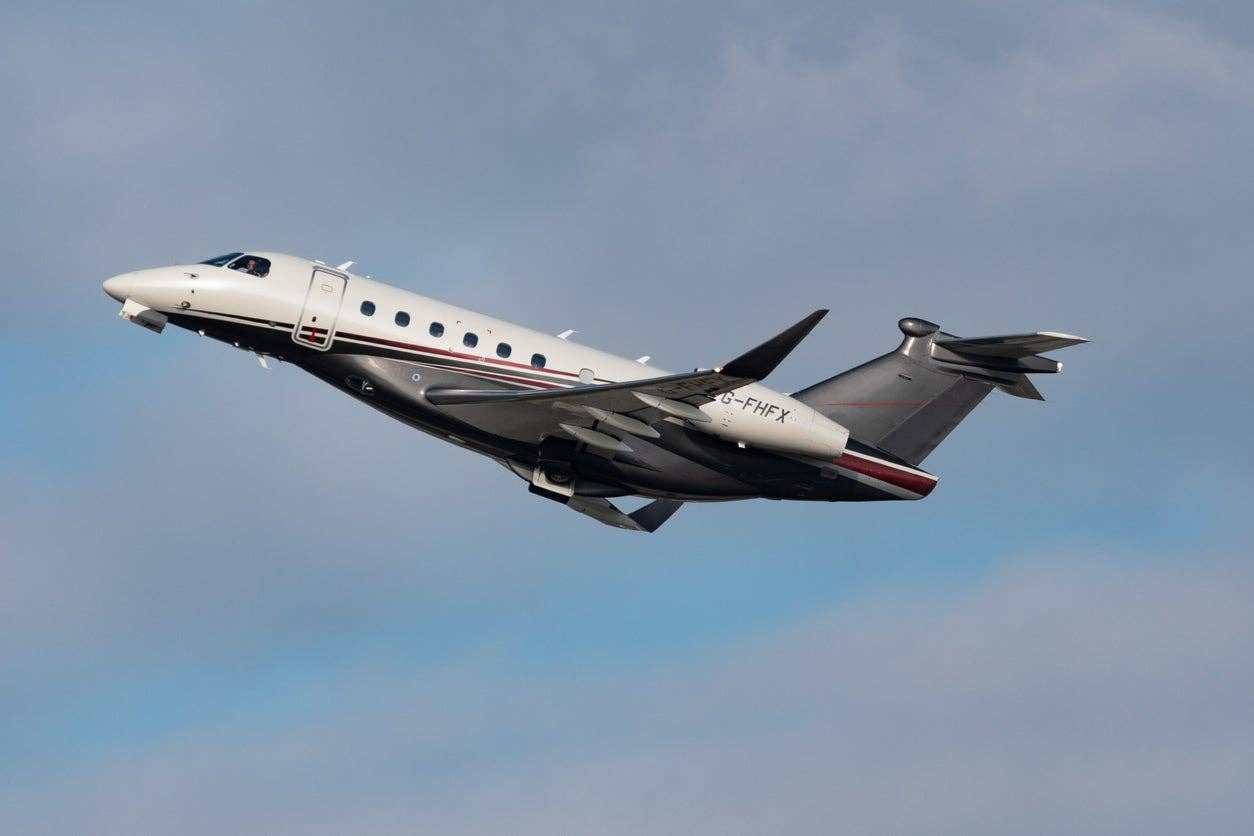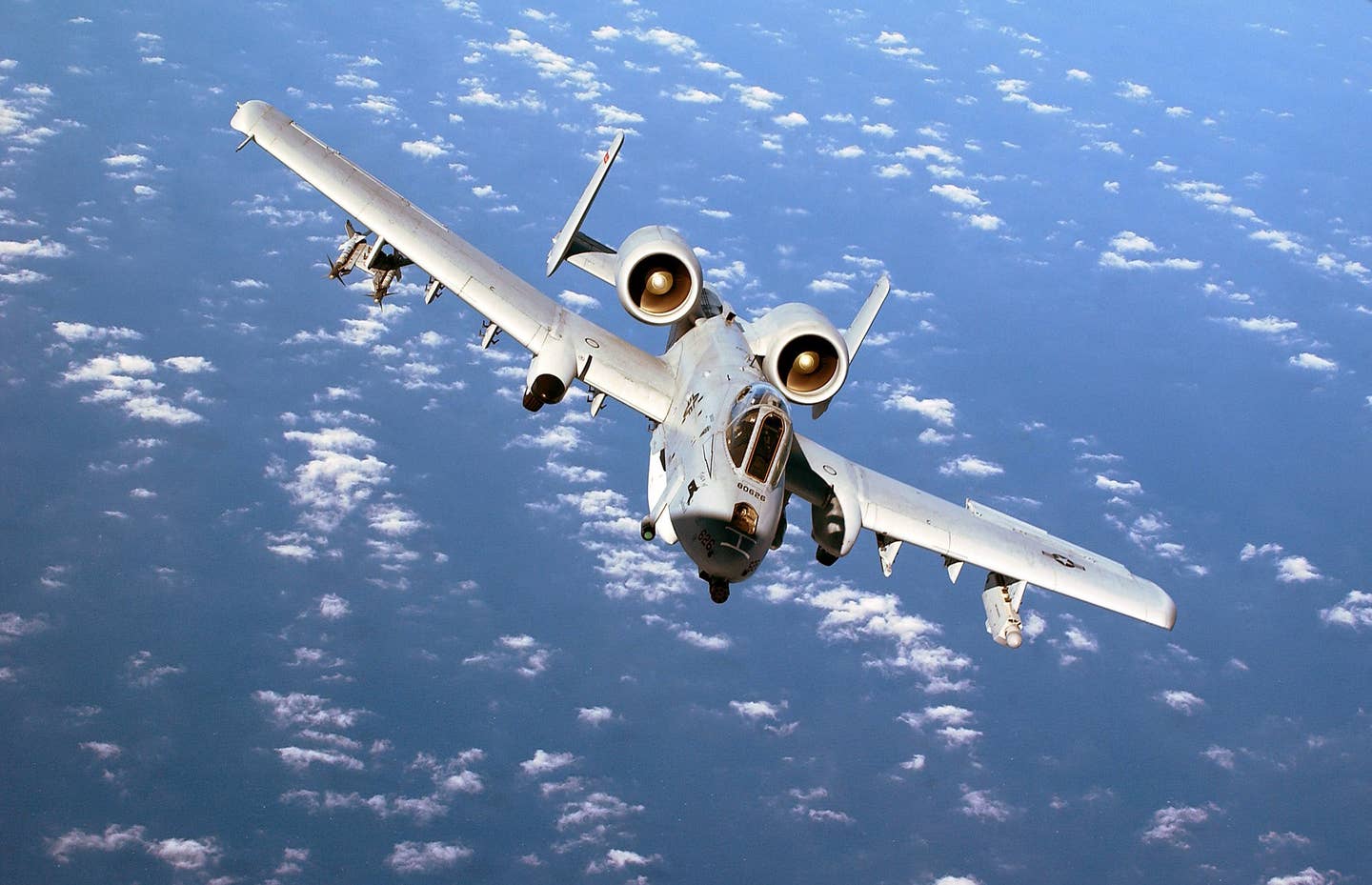
Two pilots left South Jersey Regional Airport in a Piper Arrow at about five o'clock on an April afternoon for some instrument flying practice. The left seat pilot, with 334 hours, had single engine land and sea and instrument ratings; she had logged 100 hours of simulated and nine hours of actual instrument time, as well as 14 hours at night. The right seat pilot had 195 hours, 17 at night, and did not have an instrument rating.
After two hours they landed at Millville, about 40 miles to the south. There they spent almost three hours, eating dinner and preparing for a second practice flight, before taking off for Cape May, 30 miles distant, a little before 10 o'clock. It was a clear, dark night, with 10-mile visibility and light winds. The moon, a slender crescent, had already set.
There was no further communication with ground controllers, but the track of the airplane, stored on radar tapes, showed that it had attempted a localizer approach to Runway 19 at Cape May. After weaving back and forth across the localizer and sinking 300 feet below the minimum altitude for an intermediate segment of the approach, the Arrow continued inbound while descending at an average rate of about 850 fpm. At the last radar return, it was 100 feet above the ground, 240 feet below the MDA and crossing the localizer course from east to west.
The wreckage of the airplane was found the next morning. It had cut a 520-foot swath through trees before coming to rest two miles short of the runway. Both pilots died in the crash. The owner of a nearby campground reported having heard an unusually low-flying airplane "wind up, and then a crunching sound." Its power setting was "high," suggesting that the pilot had recognized the altitude error and tried to correct, but too late.
A few months earlier, an accident resembling this one in some respects had taken place at Monroe, Louisiana. It involved two Civil Air Patrol pilots practicing instrument approaches on a dark night in a 182. Both pilots, in this case, had commercial tickets and instrument ratings.
The two had completed a practice flight earlier in the day, then landed for a short break. They apparently switched seats for the second flight, which departed at 7:05 p.m. with the declared intention of performing two ILS approaches followed by one VOR/DME. Conditions were dark night VFR, with a broken ceiling at 9,000 feet and scattered clouds at 3,200. The temperature and dew point were only one degree apart at the start of the flight, however, and as time went on they converged and new layers began to form at 2,700 and 4,500 feet. By 7:40, the airport was reporting 4,500 overcast and 900 broken and was officially IFR.
At that point the 182 had completed one ILS approach. The tower controller pointed out that they would need an IFR clearance if they wished to continue. They accepted.
During the next ILS approach, the 182 drifted east of the final approach course for Runway 22. "I'm showing you slightly east of the ILS final approach course," the controller said. "Are you picking it up?"
"We're just now trying to make the adjustment," the pilot in the right seat replied. "We see our problem." A few seconds later he transmitted, "Are we still east of the localizer?" When the controller confirmed that they were, he said, "It's coming in now, thank you."
The controller, thinking that the pilots might want to abort the approach because of some sort of problem with the localizer receiver, said, "Are you going to need to be vectored for another approach?" The safety pilot, misunderstanding the controller's intention, replied, "Yes, we want a VOR/DME."
"I mean," said the controller, "are you going to need a vector now to reattempt the ILS to 22?"
"We have intercepted the ILS," the safety pilot replied, and then amended the request to a full stop landing. The controller asked him to say their heading, but he responded by announcing a missed approach. The tower switched them to approach control for vectors. The men in the 182 seemed to be having trouble understanding the controller, and there was some discussion of static on the frequency; but the problem went unresolved.
The pilot flying seemed again to have trouble lining up with the localizer, and, on being informed that a C-130 was on the approach four miles behind the 182, the 182's crew again declared a missed approach in order to "let him come on in." The approach controller turned the 182 to a heading of 270 degrees and then to 360, and instructed them to contact departure control. There was no response from the 182.
The airplane crashed in a drainage pond several miles north of the airport and west of the ILS course. It was moving in a southwesterly direction when it hit the water at high speed. A witness on the ground reported hearing a low, loud, fast-moving airplane and then the sound of a crash. Again, both the pilot flying and the safety pilot died in the accident.
Fatal accidents occur from time to time during training, but not especially often when the right seat is occupied by a safety pilot rather than an instructor. The essential role of the safety pilot is to keep a lookout for traffic while the pilot in command is under the hood; if the airplane is in actual IMC, it's not clear what the safety pilot is supposed to do. It is clear enough, however, that both of these accidents might have been avoided if the safety pilot had acted more like a second crewmember.
It is significant that both accidents occurred on dark nights and over sparsely lighted terrain -circumstances that are conducive to disorientation. In the Cape May crash, the runway must have been plainly visible to the safety pilot during the approach. Many airplanes have come down short of runways on dark nights, however, because of a well-known illusion that causes pilots to believe that they are higher up than they really are. This accident would never have occurred in daylight, because it would have been obvious to the safety pilot how low the airplane was. In darkness, however, the safety pilot, believing that the pilot in command was correctly executing the approach, seemingly could not judge height from the appearance of the runway lights alone.
The approach plate would not have been visible to the right-seat pilot, who, in this case, was not instrument rated and would probably not have been able to make much sense of it anyway. On the other hand, the altimeter was visible to the right-seat pilot, who certainly knew how to use it. Evidently, however, the right-seat pilot was not watching the altimeter, no doubt believing that the pilot in command was doing so.
One way for the pilot in the left seat to make full use of the safety pilot would be to narrate the approach aloud. Before the flight, the safety pilot would be briefed to monitor altitude, at a bare minimum. There are plenty of other things to monitor, but altitude is the one that can kill you. If the pilot flying verbally tracks the approach - "Okay, crossing Kagys at 2,500, I'm now going to begin a descent. In about four minutes we'll cross the 283 radial of Sea Isle, we won't go below 1,700 feet until we're past that point ..." - then the safety pilot can be actively involved. Of course, the main job of the safety pilot is still to look for traffic; but that does not preclude regular glances at critical instruments. The safety pilot can assume some of the role of an instructor without actually being one.
Since accident investigators could find no indication of mechanical trouble that might have caused the 182 to go down at Monroe, that accident, too, appeared to have been a simple case of disorientation, distraction or misreading of the altimeter. As is so often true, it's hard to understand, when you're sitting at home reading about it, how such disorientation takes place. The pilot, although not current, had logged 35 instrument approaches in the past two years and two, not counting those on the night of the accident, in the past six months. He should not have been as rusty as his performance on the first two practice approaches suggests that he was. An autopsy revealed that the pilot was taking Zoloft, a prescription antidepressant that would have disqualified him from flying had a medical examiner known that he was taking it. The NTSB's report on the accident, however, did not include the medication in the list of contributing factors.
The currency status of the right-seat pilot could not be determined. He was apparently handling the radio communications - a service that somewhat reduces the value, for the pilot flying, of practice approaches as a rehearsal for real ones-and there were several misunderstandings, equivocations and non sequiturs that seem to hint at some confusion, distraction or equipment problem in the cockpit. The cause of the difficulties, however, is unknown. Perhaps the "static" that inhibited communication with controllers also affected the ILS receiver.
Both of these accidents illustrate the fact that two heads in a cockpit are not necessarily better than one, unless a conscious effort is made to ensure constructive cooperation. Making good use of a safety pilot requires advance planning, pre-takeoff briefing and sharing information while airborne, as well as a continuous awareness, on the part of both pilots, of the status of the flight. The FAR regulating the use of safety pilots (91.109), which requires that the safety pilot possess the proper qualifications for the equipment and for the operations being conducted, suggests that the safety pilot is seen not just as a pair of eyes, but as a full-fledged crewmember. Both the pilot in command and the safety pilot should take that role seriously.
This article is based solely on the National Transportation Safety Board's reports of the accidents and is intended to bring the issues raised to the attention of our readers. It is not intended to judge or to reach any definitive conclusions about the ability or capacity of any person, living or dead, or any aircraft or accessory.

Sign-up for newsletters & special offers!
Get the latest FLYING stories & special offers delivered directly to your inbox






